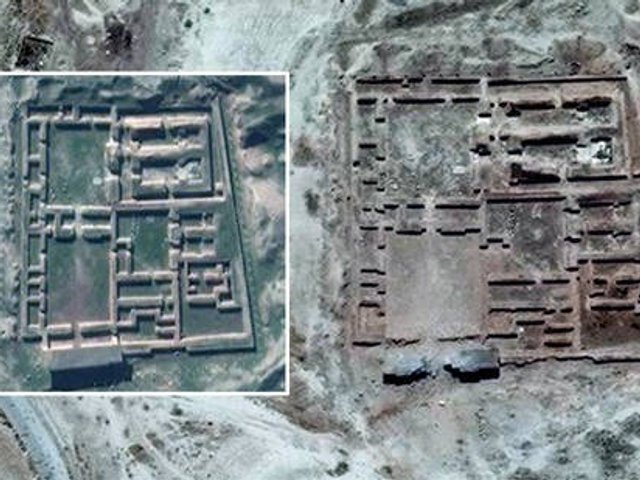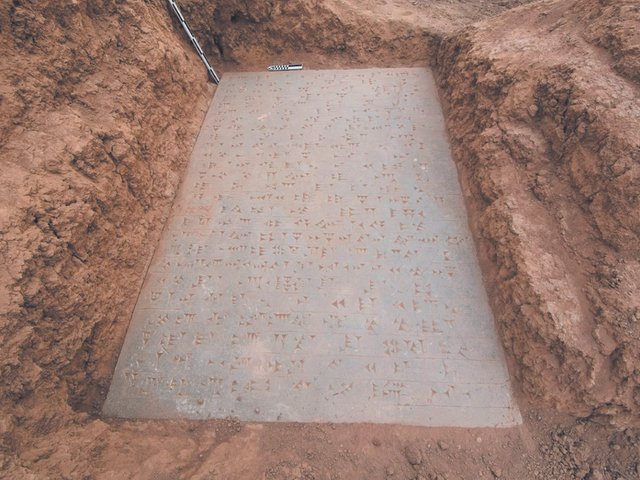One of the tallest surviving structures from the ancient world has been totally destroyed by Isil extremists at Nimrud, the former capital of Assyria, which was captured by Iraqi government forces on 13 November. The ziggurat, which was nearly 2,900 years old, was obliterated. Only the largest Egyptian pyramids are higher than Middle Eastern ziggurats and central American step pyramids.
“The Nimrud ziggurat was apparently bulldozed and pushed into the ancient bed of the Tigris river,” says John Curtis, the president of the British Institute for the Study of Iraq. He received the news in early September from Iraqi sources, but was asked to keep it confidential. In the past few days, satellite photographs have confirmed the destruction.
The ziggurat was a conical-shaped manmade hill built by the king of Assyria, Ashurnasirpal II (883-859BC), as a base for a temple, which was destroyed long ago. In modern times it rose nearly 50m high, although it was originally even taller, perhaps even twice that height. It was faced with baked mud bricks, some of which were inscribed, while the interior was of unbaked brick. Although Isil has attacked representational sculptures in the past few years, it is unclear why the ziggurat, which probably had no archaeological material in its core, was targeted.
In early April 2015, Isil destroyed the adjacent north-west palace of Ashurnasirpal II, breaking up its magnificent sculptures with sledgehammers and electric drills, and then blowing up the remains of the site.
Last week there was fighting around Nimrud, which lies 30 kilometres south of Mosul. There is no evidence so far that the archaeological site was further damaged by the military operations. Government troops now appear to be in control.
With the capture of Nimrud by Iraqi government forces, the immediate task for archaeologists will be to secure the damaged site to ensure there is no looting. An audit of the damage will be essential, which will probably require international and Unesco assistance. The most difficult longer-term task will be to carefully sort the rubble and decide what, if anything, should be reconstructed.
Curtis believes the destruction of the Nimrud ziggurat is on a par with that of the north-west palace. Both incidents represent “the worst damage that Isil has inflicted on Iraqi archaeology”.




